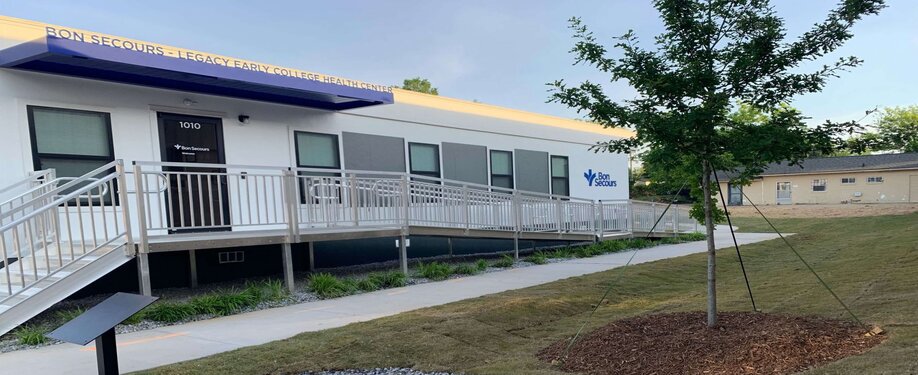Modular Buildings Burlington, VT

The construction industry has seen significant advancements in recent years, with modular buildings in Burlington, VT, emerging as a viable alternative to traditional construction methods. While both approaches aim to create functional and durable structures, their processes and benefits differ. Modular Genius would like to share some key aspects of modular and traditional construction, allowing organizations to make informed decisions when selecting the most suitable method for their projects.
Definition and Process
Traditional construction involves on-site building, where materials are assembled sequentially, starting with the foundation and progressing to the roof. In contrast, modular construction utilizes prefabricated modules or components manufactured off-site in a climate-controlled environment. These modules are then transported to the construction site and assembled into the final structure. The modular construction process is characterized by standardized designs, streamlined production, and efficient assembly, resulting in shorter construction timelines compared to traditional methods.
Speed of Construction
Modular construction offers notable advantages in terms of speed and efficiency. Construction schedules are significantly compressed since modules are fabricated at the same time site preparation occurs. Modular buildings can be erected significantly faster than traditional construction, allowing for faster occupancy and quicker return on investment. This accelerated timeline is essential for projects with tight deadlines or time-sensitive requirements.
Quality Control and Consistency
One of the primary benefits of modular construction is the stringent quality control measures implemented during the manufacturing process. Factory-controlled environments ensure precise fabrication and assembly, minimizing errors and defects. In addition, standardized designs and production techniques contribute to consistency across modules, resulting in uniformity in structural integrity and finish quality. In contrast, traditional construction is susceptible to variations in workmanship, weather conditions, and material quality, which can impact the overall consistency and reliability of the final product.
Flexibility and Customization
In the past, modular buildings were typically limited to standardized module sizes and configurations, limiting the degree of architectural creativity and customization. However, advancements in modular technology have expanded design possibilities, allowing for greater flexibility and adaptability in meeting diverse project requirements.
Cost Considerations
Cost is a critical factor influencing the choice between modular and traditional construction methods. While modular construction may incur higher upfront manufacturing costs due to factory production and transportation expenses, it often results in overall cost savings through reduced construction time and labor expenses. Additionally, the controlled environment of modular factories minimizes material waste and ensures efficient resource utilization, further enhancing cost-effectiveness. Traditional construction may offer lower initial costs but can be subject to budget overruns and delays, impacting the project’s overall financial viability.
Contact Modular Genius to Learn more
Modular and traditional construction have unique strengths and limitations, making them suitable for different project requirements and contexts. Ultimately, the choice between modular and conventional construction depends on project scope, budget constraints, timeline considerations, and sustainability goals. By carefully evaluating the comparative analysis presented herein, stakeholders can make informed decisions and optimize the success of their construction projects.
If you would like to learn more about the advantages of modular buildings in Burlington, VT, the professionals with Modular Genius would be more than happy to help. Call us at 888-420-1113 or use our online contact form.




